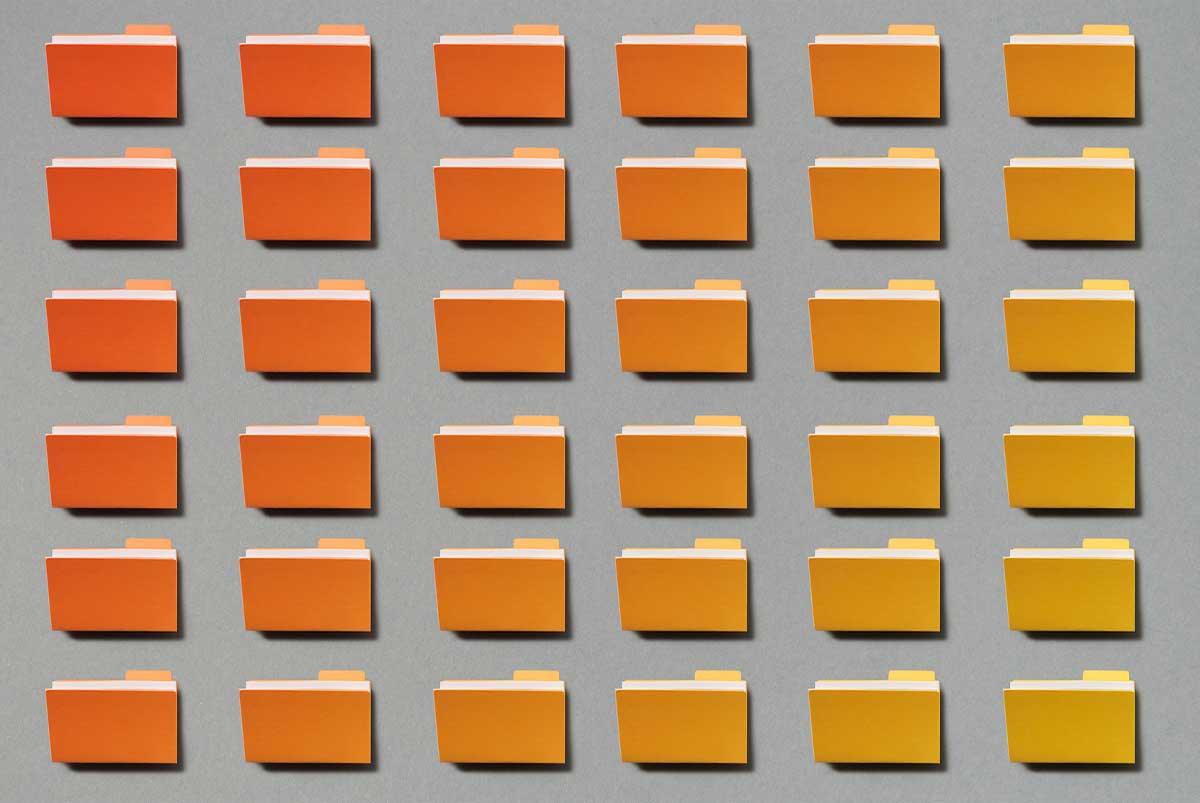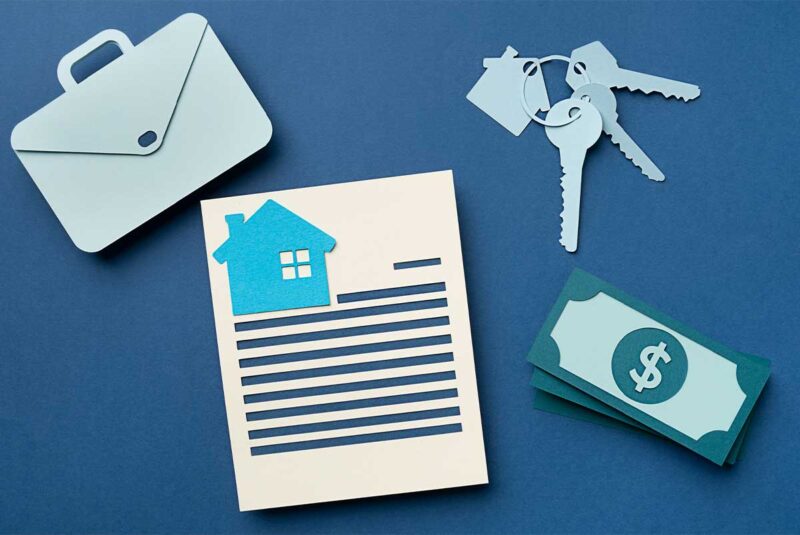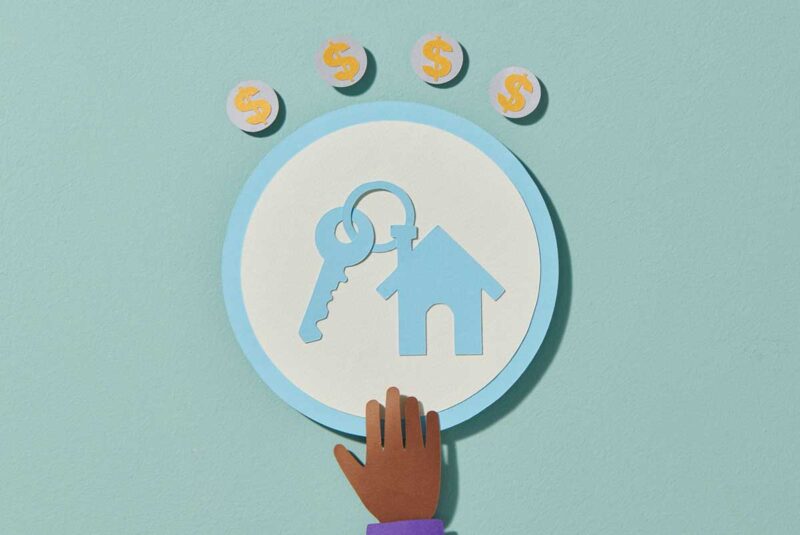Ready To Buy a Home?
Get Approved to Buy a Home
Rocket Mortgage® lets you get to house hunting sooner.
After you apply for a mortgage, your lender is going to hand you a three-page document. That document is your Loan Estimate. You’ll want to carefully read through its three pages because they’ll contain critical information and details about the loan.
To help you get the most from your Loan Estimate, we break down the form in detail and give you some helpful questions to consider as you review the form.
What Is a Loan Estimate?
The Loan Estimate form is a government-mandated document mortgage lenders are required to provide after a borrower applies for a mortgage loan.
The form was created by the Consumer Financial Protection Bureau (CFPB) at the request of the Dodd-Frank Wall Street Reform and Consumer Protection Act with the aim of making sure that borrowers “know before they owe.”
The CFPB created the Loan Estimate Form by combining the Good Faith Estimate and Truth-In-Lending Form. And it has been the industry standard since October 3, 2015.[1]
The form is written in plain, easy-to-understand language and designed to give borrowers a clear understanding of the terms (or details) of the mortgage. Also, by standardizing the form, it makes it easier for borrowers to compare mortgage offers from different lenders.
Here are a few other things you should know about Loan Estimates:
- The lender must provide you with a Loan Estimate within 3 business days of receiving your application.
- It’s illegal for a lender to deliberately underestimate your loan costs.
- A Loan Estimate isn’t a loan approval; it’s a breakdown of the loan’s details.
- When you go through a lender’s underwriting process (a detailed review of your mortgage loan application), you may receive a revised Loan Estimate. The revision updates your original estimate with any new information, like a new home sale price and any changes to the loan’s terms.
- Your loan disclosure is not the final agreement between you and your lender. The Closing Disclosure – which you’ll get within 3 days of your closing – is.
Knowing the history of the Loan Estimate, and how it works, is half the battle. Let’s break down what you can expect to find on a Loan Estimate.
Page 1: The Loan Terms
The first page is broken down into four key sections that list the details and terms of the loan.
Basic information
At the top of the page, you’ll find:
- Your name and current address
- The property’s address
- The sale price of the property
You’ll also be provided with a breakdown of the:
- Loan term: This is the length of the mortgage’s repayment (10, 15, 20 or 30 years).
- Purpose: This line explains why you’re taking out a loan. It will indicate if you’re taking out the loan to buy a home or to refinance your current mortgage.
- Product: It indicates whether the mortgage is a fixed-rate or adjustable-rate mortgage.
- Loan type: There are checkboxes to indicate whether the loan is a conventional loan, a Federal Housing Administration (FHA) loan, a U.S. Department of Veterans Affairs (VA) loan or other loan type.
- Loan ID#: The loan’s identification number is added to this space.
- Rate lock: The lender will indicate whether the loan’s interest rate is locked in (fixed for a set period) and when the rate lock expires.
Loan terms
This section lays out the specific terms of the loan, including:
- The loan amount
- The interest rate
- The monthly principal and interest payment
There is a second column that requires the lender to state whether any of these amounts will increase after the closing.
This section also requires the lender to indicate whether there is a:
- Prepayment penalty: A fee you’re charged for paying off your loan early. If there is a fee, the lender has to include how much the fee is and when it can be applied.
- Balloon payment: A balloon payment is a larger-than-usual, one-time payment due at the end of the loan. The payment can be double the loan’s average monthly payment or the remaining balance of the loan. If there is a balloon payment, the lender has to indicate the size of the payment and the due date.
Projected payments
This section breaks down how much you’d have to pay each month for the life of the loan.
This includes what you’d pay for:
- Principal and interest: If you have a fixed-rate mortgage, your monthly mortgage payment will stay the same over the life of the loan. If you have an adjustable-rate mortgage (ARM), the form will break down the principal and interest rate by year.
Let’s say you’re getting a 30-year adjustable-rate mortgage with a 5-year introductory interest rate.
The Loan Estimate will show what your principal and interest payment will be during the introductory period, then it’ll list a minimum and maximum monthly payment range for the years that follow.
This helps alert borrowers to just how much higher their monthly mortgage payments could get after the loan’s introductory period.
- Mortgage insurance: If you make a down payment that’s less than 20%, you may be required to pay private mortgage insurance (PMI) on a conventional loan or a mortgage insurance premium (MIP) on an FHA loan.
- Estimated escrow: If you use an escrow account (a separate account that holds money related to the home purchase) to cover your property tax payments and homeowners insurance, the amount you’d need to deposit would also be estimated and included as a projected payment.
Costs at closing
This breaks down:
- Estimated closing costs: We dive into estimated closing costs on page 2 of the Loan Estimate.
- Estimated cash to close: This is the total amount of money you’ll need to bring with you to the closing.
Page 1 questions
Is all the information correct?
- Did they spell your name right and list the property address correctly?
- Are the property value of the home and the loan amount correct?
- Are the length of the loan, loan purpose and loan type correct?
- Did they check the right box: fixed-rate or adjustable rate loan?
- Does the interest rate match what you discussed with your loan officer?
- If the interest rate is locked, does its expiration date align with your home buying plans?
Does the offer match your expectations?
- Do the monthly principal and interest payment align with your expectations?
- Is there a prepayment penalty and/or balloon payment? How will they affect how much you’ll pay for your mortgage?
- Are you required to pay for mortgage insurance? How long will you have to pay for it?
- Are there estimated escrow payments that indicate what they cover (like property taxes, homeowners insurance, etc.)?
- Does the monthly mortgage payment work with your budget?
- Are the closing costs what you thought they would be? Are there any unexpected costs?
- What will you need to pay at closing? Does the amount fit comfortably into your home buying budget?
Page 2: Closing Cost Details
This page drills down on the costs associated with the loan. Here’s the breakdown:
Loan costs
- Section A: Origination charges: These are fees charged by the lender to process your loan application and perform a thorough review of your financial information during the underwriting process.
This section also indicates if you’re opting to buy mortgage discount points (prepaid interest that allows you to enjoy a lower interest rate for the life of your loan).
- Section B: Services you cannot shop for: The lender outlines the costs you’ll pay to third-party providers that the lender chooses. You can’t ask to use a different provider.
These services can include appraisals, credit reporting, flood determination and monitoring, tax monitoring and status research. If you’re getting an FHA loan, your upfront mortgage insurance premium (MIP) will be listed here, too.
- Section C: Services you can shop for: With these services, you can have a say in who does the work. This can include home and pest inspections, surveys and the title search.
You’ll find the total for all these costs at the bottom of the column in Section D.
Other costs
These are additional costs that are connected to buying the home but aren’t directly tied to the mortgage.
- Section E: Taxes and other government fees: These fees may include recording fees and transfer taxes.
- Section F: Prepaids: If you need to pay upfront for homeowners insurance, mortgage insurance premiums or you’re required to prepay interest or property taxes, that should all be listed in this section.
- Section G: Initial escrow payment at closing: This outlines the money that’s due at closing that will be deposited into escrow. That money usually covers initial expenses, like homeowners insurance, mortgage insurance and property taxes.
- Section H: Other: Any miscellaneous costs not covered above.
Your costs from sections E, F, G and H will be totaled in Section I. Your loan costs and closing costs will be totaled in Section J.
Calculating cash to close
The last section on page 2 breaks down:
- Your closing costs: Closing costs usually amount to about 2% – 6% of your loan.
- Closing costs financed: The portion of your closing costs that will be paid by folding them into your loan balance.
- Down payment: This line indicates how much you intend to pay upfront for the down payment (which is a percentage of the home sale price).
- Deposit: This space totals and then subtracts any fees/charges you’ve already paid.
- Funds for borrower: If there’s no seller involved, which would be the case for a mortgage refinance, this space shows how much you’ll need to bring to the closing to complete the loan.
- Seller credits: This is any money the seller is paying toward closing costs that may be deducted from your total closing costs.
- Adjustments and other credits: This space lists any gift funds, builder or developer incentives, money from other loans, housing assistance grants or prorations from property taxes or homeowners association dues that can be deducted from closing costs.
When all of these numbers are added up, you’ll get an estimated cash to close, which is the amount of money you’ll need to bring to the closing to finalize the sale.
Page 2 questions
- How do the loan origination costs and “services you cannot shop for” compare to what other lenders are offering?
- If mortgage points are included, can other lenders match that lower interest rate without your having to buy points?
- For the “services you can shop for,” can you get the same services from another provider for less?
- Is the information about property taxes and homeowners insurance correct?
- Are your lender credits, funds for borrower, seller credits and adjustments and other credits listed properly? How do they affect your final closing costs?
- Is the estimated cash to close correct? Do you think you’ll have enough money to cover it?
Page 3: Additional Information
The last page gives you some additional information you’ll need to compare Loan Estimates and make an informed decision.
Lender/Loan officer information
This outlines basic information about the lender and contact information for the loan officer.
Comparisons
You’ll see how much you will have paid on your mortgage after 5 years, including how much of that amount went toward principal.
- Annual percentage rate (APR): The APR is the total percentage that it costs to cover the loan per year, including interest and other expenses paid upfront, like closing costs and fees paid over the life of the loan. The APR is usually higher than the interest rate.
- Total interest percentage (TIP): This shows, as a percentage of the loan value, how much you’ll pay in interest over the life of the loan.
Other considerations
This section provides you with additional information you’ll need to know to make an informed decision.
- Appraisal: Lenders may request a professional assessment of the value of the home you want to buy or refinance.
- Assumption: The lender will indicate whether they’ll allow you to transfer your current mortgage to a new owner with the loan’s original terms.
- Homeowners insurance: This space will indicate if homeowners insurance is required.
- Late payment: You’ll learn what the late fees/penalties are and how and when they are charged.
- Refinance: If you decide to refinance (swap out your old loan with a new loan with new terms), this section outlines the process to refinance.
- Servicing: Lenders will indicate whether they intend on servicing the loan, which includes receiving payments, distributing escrow funds and providing loan balance information.
Page 3 questions
- Does the lender/loan officer section indicate who you’ll be working with to process your loan application?
- Do your payments for the first 5 years and the TIP align with your budget and long-term plans?
- How does the APR compare with other lenders?
- If a home appraisal is required, who pays for it and how?
- How much is the late payment fee?
- Do the refinance terms work with your plans? Can any of the terms be adjusted before you close?
- If your loan won’t be serviced by the lender, can the lender share any information on the loan servicing company?
The Loan Estimate Is Your 3-Page Guide
Right there, on three easy-to-read pages, you’ll find the information and details you’ll need to compare lenders and get the best possible mortgage loan for you and your budget. The Loan Estimate lays out everything you need to know in one form.
Get approved to buy a home.
Rocket Mortgage® lets you get to house hunting sooner.
The Short Version
- A Loan Estimate is a three-page, government-mandated document that lists the details of a mortgage loan
- While a Loan Estimate isn’t a final offer, the form provides a concise breakdown of what you can expect to pay on the mortgage
- The Loan Estimate includes your interest rate, whether it’s fixed or can change, and should break down your closing costs and detail what you’ll have to pay at closing
Consumer Financial Protection Bureau. “New Disclosures Streamline the Process.” Retrieved October 2021 from https://www.consumerfinance.gov/policy-compliance/know-you-owe-mortgages/new-disclosures-streamline-process/




